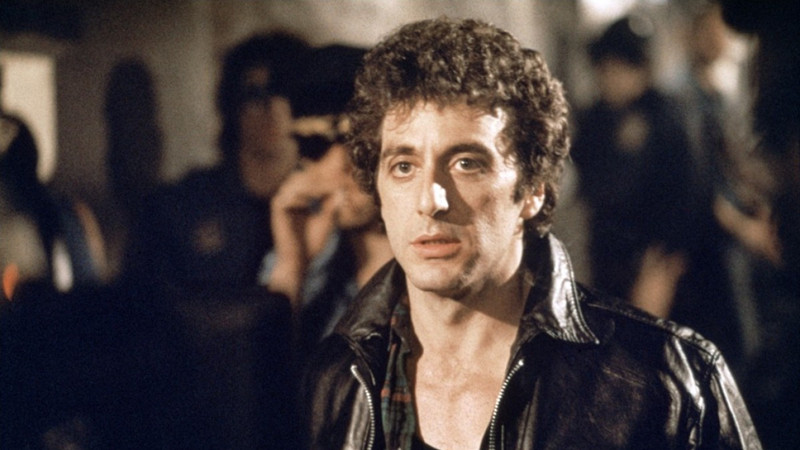
With the rise of streaming platforms, downloadable purchases, and Blackbeard levels of internet piracy, along with pedantic debate amongst cineastes and cultural scholars regarding its definition, the term ‘cult movie’ has kinda been eroded to the point of non-existence.
In a time where most films with the historical designation of ‘cult’ can be watched through the website of trillionaire egghead Jeff Bezos, as you wait for him to deliver a u-shaped memory foam toilet mat via his prime delivery service, the modern world has a feeling of being one giant gelatinous cultural gloop that we’re all kind of stuck in, with very little way of getting out.
And although there are still small sub-cultures that exist, that independently make / unearth / distribute / champion films they love, even most of those end up high-jacked by hipsters and violated by a sort of cavalier voguish fandom that surely must have some metaphysical impact on all involved.
Bottom line is this: I think we can all agree that the term ‘cult movie’ is a vaguely amorphous one – it means different things to different people. There’s probably some films on the list below that some people would not even define as cult ones. But in the words of the American writer Audre Lorde:
‘It is not our differences that divide us. It is our inability to recognize, accept, and celebrate those differences.’
So with that in mind, here’s my list of 10 great cult movies you’ve probably never seen …
Celebrate it.
1. Shock Treatment (1981)
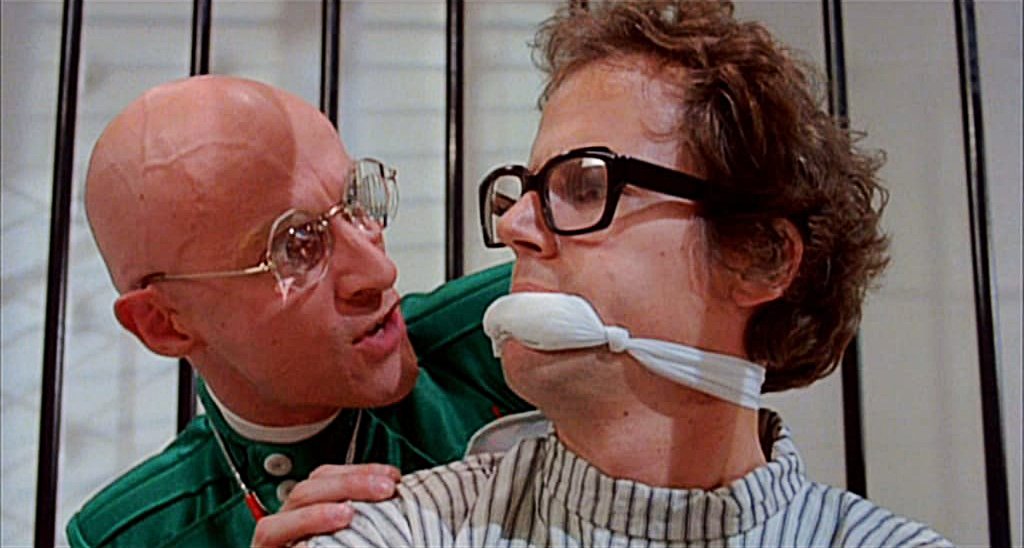
Following the overwhelming success of 1975’s The Rocky Horror Picture Show, Richard O’Brien began development of what would eventually become 1981’s Shock Treatment, a not-really-a-continuation-more-of-a-spiritual-sequel type film, that took The Picture Show’s normie protagonists Brad and Janet (now played by Cliffe De Young and an incendiary Jessica Harper) and plunked them into the nightmare squaresville town of Denton, USA, to argue (post-matrimonially) about toasters, before being catapulted to diva stardom and crackpot infamy by blind game show host Bert Schnick (played by Australian character actor Barry Humphries AKA Dame Edna).
Less a film, more a kind of fever-dream that happens at you, Shock Treatment was released to a commercial and critical dirge of dis-enthusiasm. Sometimes, box office bombs and critical duds are retroactively redeemed and forgiven as being misjudged or misunderstood at time of release, vindicated and lionized ; other times, you sit back and reassess something that was both commercially and critically lacking and go: fair dos.
The film’s a kenetic mess, and its narrative is borderline incomprehensible; but it has a cracking cast (including British comedian Rik Mayall, who stars as a kind of demented version of the pub extra he plays in An American Werewolf in London), the sets are a terrific fifties kitsch, and the musical numbers are loud and camp and fun, belted to the rafters by an on-point Jessica Harper, stunning as always.
2. Nightbreed (1990)
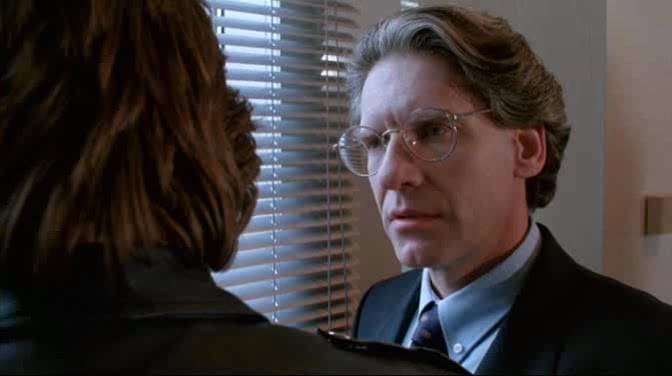
Horror meastro Clive Barker’s follow up to the Hallraiser series Nightbreed was originally conceived as a trilogy, but after the one-two punch of studio interference and tepid reviews / box office floppage, the series was abandoned; and what’s left is a muddled also-ran that canters precariously between gnarly 80s slasher film and a monster of the week episode of Buffy the Vampire Slayer – an amalgam that when rendered to text, doesn’t sound too bad at all.
Nightbreed follows confused every-man Aaron Boone as he sweats his way through tenabrious LA sheets with fever dreams of mutilated bodies, and the hidden demon world of Median, whilst under the malignant care of Doctor Decker, played with smoldering dour by body horror mage David Cronenberg (in a role that surely must have influenced Scarecrow in Chris Nolan’s Dark Knight series), in a film that pits the kind of self-to-them-self demonic pariahs of Median against all manner of ignoble and authoritative beasts of the human realm
You get the sense that the whole thing just didn’t manage to get the whole way to being fully realized, and came about in the time before the existence of the longer form of the ten-twenty part narrative series. (Maybe some show-runner somewhere will see potential in it and commission a series?)
Still though, it’s dumb, bloody 80s fun, with a whopping creepoid of a villain. There also exist three cuts of the film, so if you’re into it, you can go digging.
3. Cruising (1980)
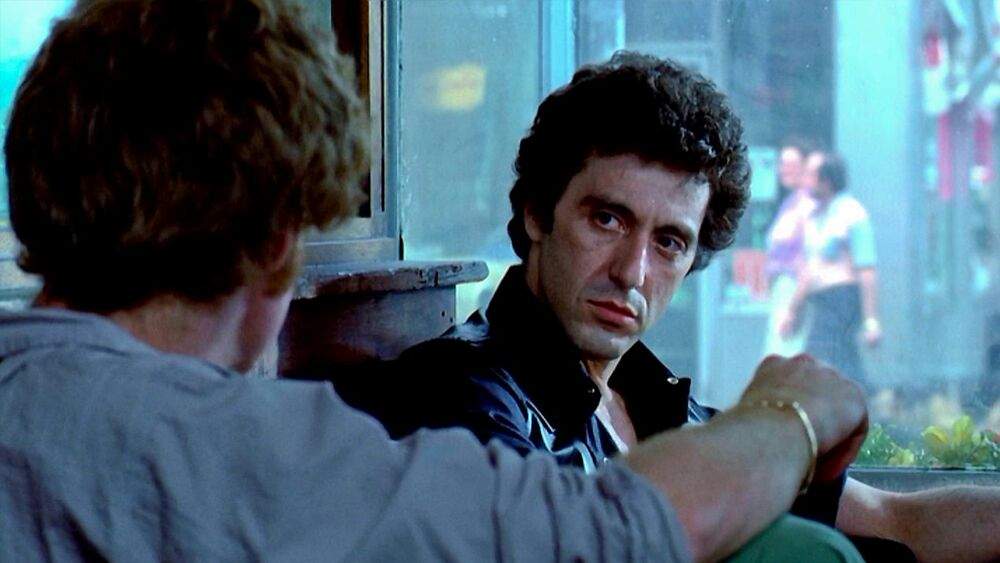
What would happen if you took the burgeoning S&M scene of late 70s New York and injected it with the narrative plot of a softcore video nasty? … Cruising is what.
William Friedkin’s adaptation of 1970’s Cruising was a three-fold cultural flop when released in 1980: the LGBT community thought it’s message homophobic, and that it stigmatized the queer experience; the critics had an apolitical bee in their bonnet about narrative ambiguity and that it differed from the Gerald Walker novel; and the final cultural blow was received in the form of a dreaded raspberry – when it picked up two nominations in the 1st Annual Golden Raspberry Awards (or Razzie) for Worst Film and Worst Director respectively. The film did okay money, but the people weren’t too hot for it; people have warmed to it over the years, but it’s still a bit of a weird one.
The film stars (a pre hoo-ah) Al Pacino as NYPD officer Steve Burns, who goes undercover in the West Village leather bar scene in search of a killer who is picking up patrons for ostensible trysts before offing them. Pacino stalks the clubs in search of the killer, gazing ambiguously upon scenes of bondage and homoeroticsm, over a culturally disparate but narratively understandable frenetic punk soundtrack.
4. Society (1989)
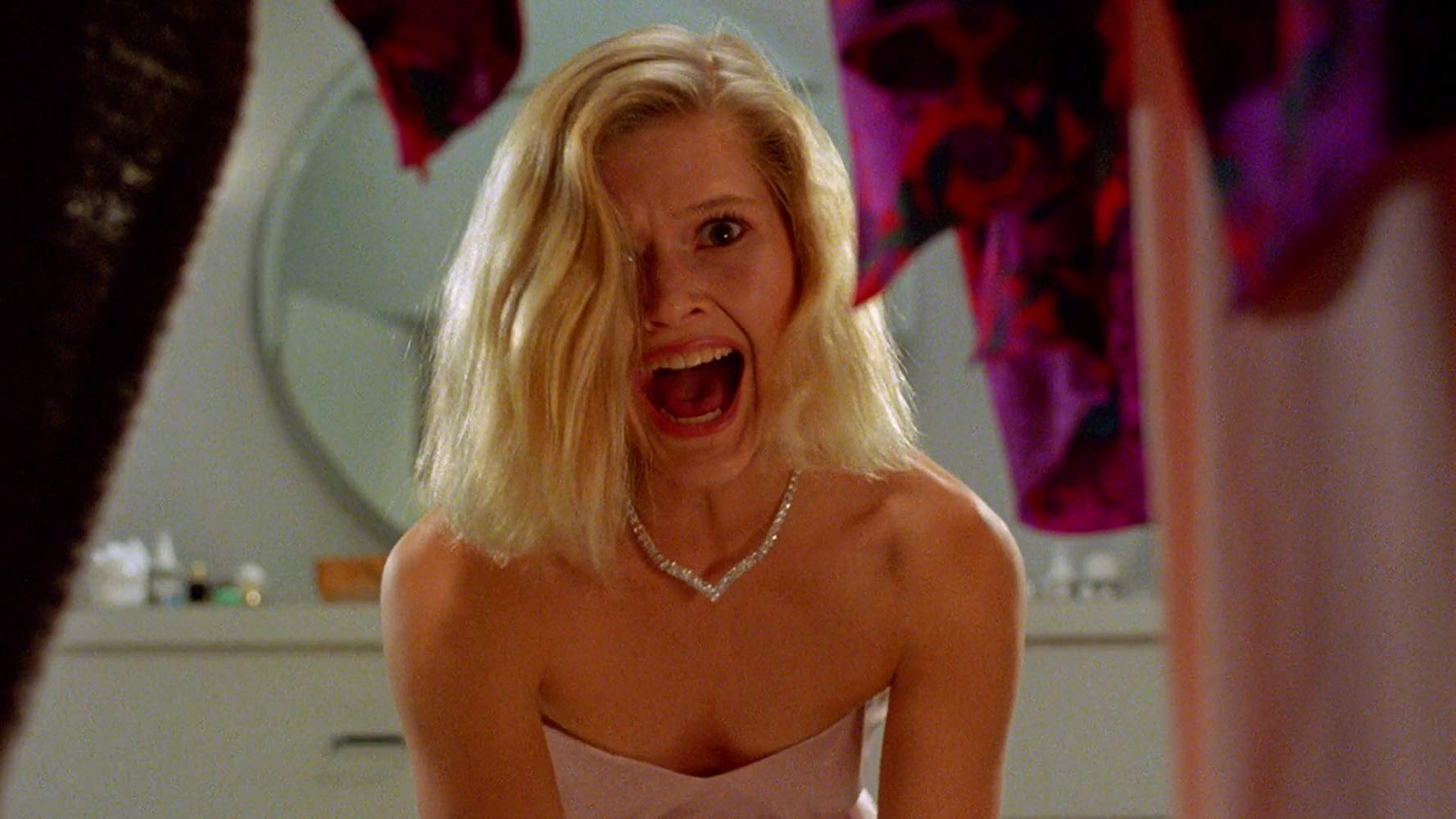
Society takes for its premise the late-adolescent notion that the modern world is a vapid, class-obsessed, paranoid nightmare (where even your own family seem complicit) and carries that premise to its nauseating conclusion. It’s an ugly film (in content and aesthetic) that kinda just sits there creeping you out until it leaves you feeling deeply sick, over-thinking everything in that good horror movie way: perfect for normalizing the hollow existential despair of compound hangovers or comedowns.
Set in the always suspicious Beverly Hills of the 1980s, it stars Baywatch’s Billy Worlock as a wealthy pubescent who begins to suspect that his family (and everyone around him) is part of the same sick and horny incest cult. It’s the first time directorial effort of producer Brian Yuzna (The Re-Animator, From Beyond), with special effects by famed effects guru Screaming Mad George, who creates within one of the most gnarly body horror finales ever put to film.
If you ever had the nagging suspicion that you missed that one day of school where everyone conglomerated in the gym to be taught secret life lessons before having a massive orgy, I’d suggest skipping this one, as it will leave this suspicion in no way abated.
5. Out 1 (1971)
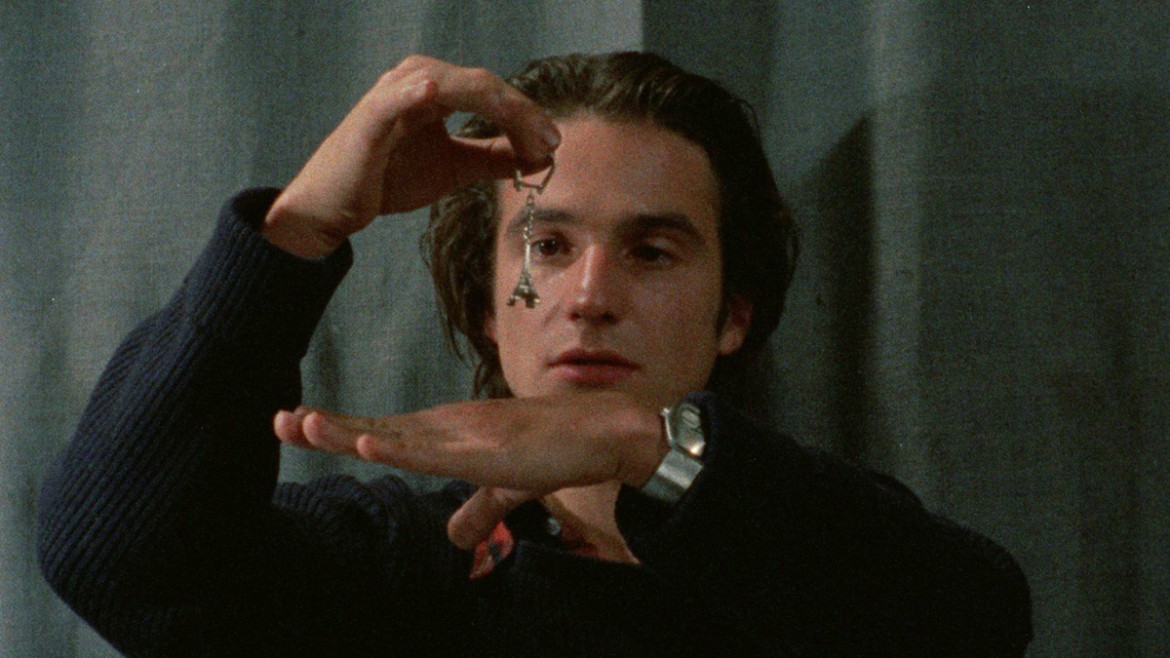
Long before the ubiquitous prestige of the modern miniseries, before Kieślowski’s Dekalog, Tarr’s Satantago, and Shoah, there was Out 1 (1971): filmmaker and Cahier du Cinema alumnus Jacque Rivette’s thirteen hour paranoiac art happening opus – one of the many end-level-boss-challenges facing those driven by fevered visions of
reigning cinematic geek supreme.
Set in the Pynchonesque world of multi-character cross-arching kismet and coincidence, Out 1 ambles loosely between various groups of post-uprising Paris of the early Seventies – two theoretically differing theatre troops rehearsing different plays from the same Grecian playwright; and a young philosophical grifter (played by 400 Blows star Jean-Pierre Léaud) who believes he’s unearthed the hidden messages of a secret society.
Divided into ten feature length episodes, the film is a scriptless study of collective actions eternal tussle with the ever vascillating wants of the modern individual; rendered through a long drawn out organic verite style collaboration of the philosophical artists of the 1970s French cinematic tradition. Of its time, but thought provoking and – if you can avoid the unfortunate lean towards seeing within the films the parody accounts that followed – a worthwhile affair.